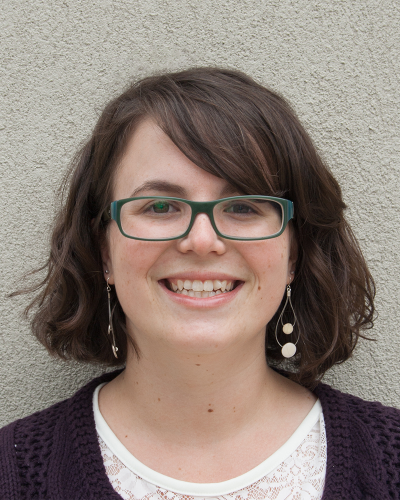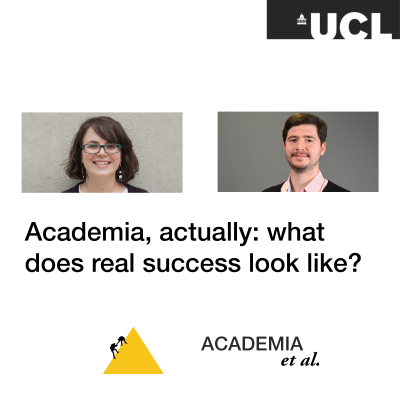Dr Andrea Gauthier is an Associate Lecturer in Education and Technology, and a Research Fellow at the UCL Knowledge Lab.
What attracted you to take up your position at IOE?
The job posting at the UCL Knowledge Lab opened up new and exciting interdisciplinary directions that I had not originally foreseen in my future, e.g., Artificial Intelligence and Educational Neuroscience, whilst at the same time, aligning with my existing interests and expertise in the design of educational technologies.
What were you doing before this?
I received my PhD in Medical Sciences at the University of Toronto (UofT) in November 2018. During my PhD studies, I lectured and tutored on several different modules in Biomedical Communications at both the undergraduate and Master's levels.
What is the focus of your research and what benefits do you hope your discoveries or insights will bring?
“My research investigates how the design of visual media can manipulate – for better or worse – the ways in which people think and behave.
I am particularly interested in how the design of visualisations, interactive media and game-based learning environments in science and medicine domains can help people resolve complex misconceptions that hinder future learning and decision-making.
Through the UCL Knowledge Lab, my research has extended to the exploration of adaptive (AI-based) educational technology design for primary school audiences. As a producer of visual media, I hope that my research will deliver insights about how the design decisions that we make as creators can support (or inhibit) cognitive processes, leading to better, evidence-centred design in the future.
What do you enjoy most about what you do?
From the research perspective, I most enjoy the interdisciplinarity of the work that I’m involved in. There’s an evolving understanding in the educational technology domain that research cannot happen in isolation, and requires expertise from learning sciences (e.g., development neuroscience, cognitive psychology), human-computer interaction, visual design, and computer sciences (e.g., artificial intelligence).
“Bringing all these domains together has really broadened my horizons and introduced me to new ways of thinking and doing research.
From the teaching perspective, I most enjoy working one-on-one with students and seeing their knowledge and skills develop over time. There’s nothing more rewarding than scaffolding a student’s problem-solving and watching them come up with innovative solutions that you may not have thought of yourself!
What working achievement or initiative are you most proud of?
During my doctoral studies, I supervised an undergraduate ‘Research Opportunity Project’ student, who performed a small piece of research in our lab. Since both he and I graduated from UofT, I’ve continued to support him in developing a publication that we submitted to Computers in Education, which is a top journal in our field. I am really proud of his persistence through the peer review process, where the paper was consistently returned for revision (four rounds total!)
But on each round, he improved as a writer and as a researcher, and the paper was recently accepted and published.
“Sometimes you think it might be easier to let an undergraduate project slip away, but I’m glad that we stuck with it, and I’m proud that I was able to support him in his journey.
He is now inspired to pursue post-graduate research.
What are some benefits of UCL's London location for your work?
There are so many, including UCL’s existing networks within research hospitals and schools. Perhaps a primary benefit is the diversity of UCL’s population, both in terms of its interdisciplinarity and cultural diversity, which offer new perspectives on research problems.
“This benefit extends to London more broadly, as a melting pot of different cultures and backgrounds.
What other subjects outside of your area of specialism interest you?
My area of specialism is at the intersection of science communication, human-computer interaction, and visual design. There are many additional disciplines that can also intersect, include cognitive sciences, artificial intelligence, and data and information visualisation. These are all of interest and I am slowly pulling these fields into my research through collaborations at UCL and abroad.
What might it surprise people to know about you?
I’m quite good at carving pumpkins! October is one of my favourite times of year for this reason. Carving is a great creative outlet.

 Close
Close



